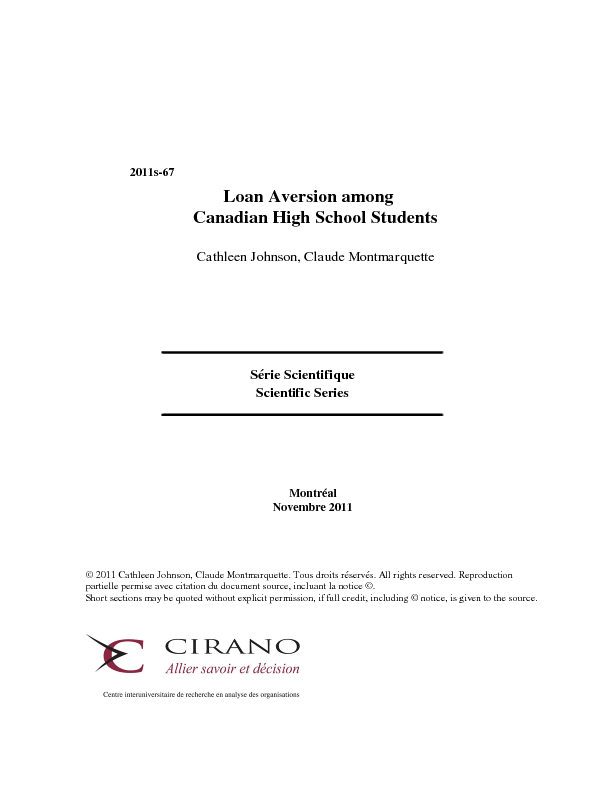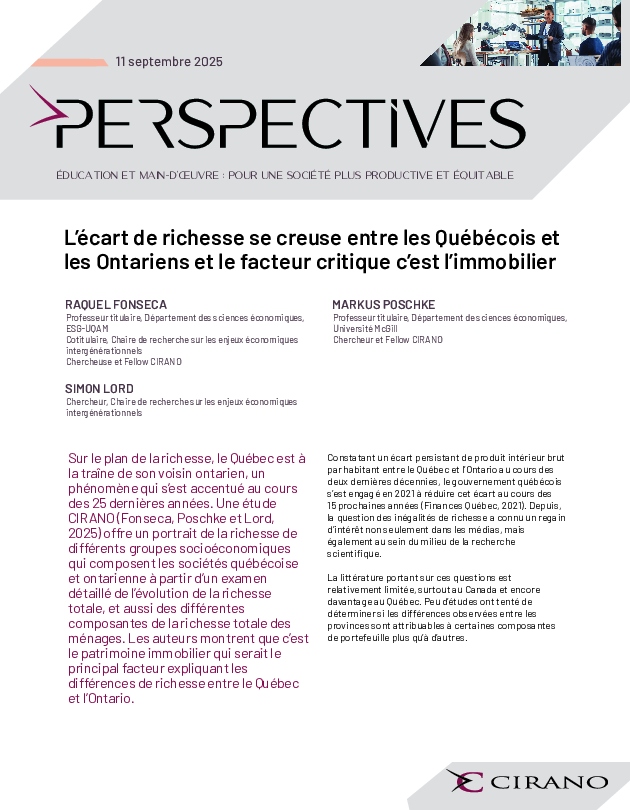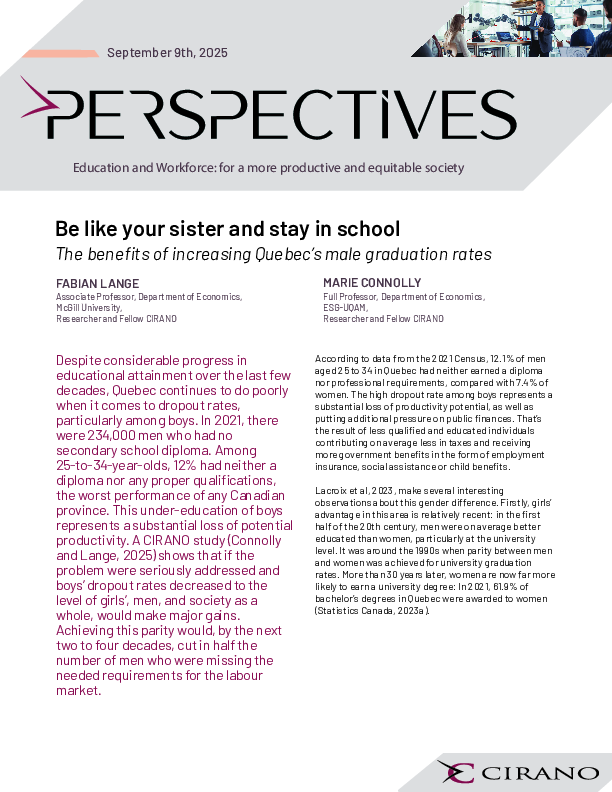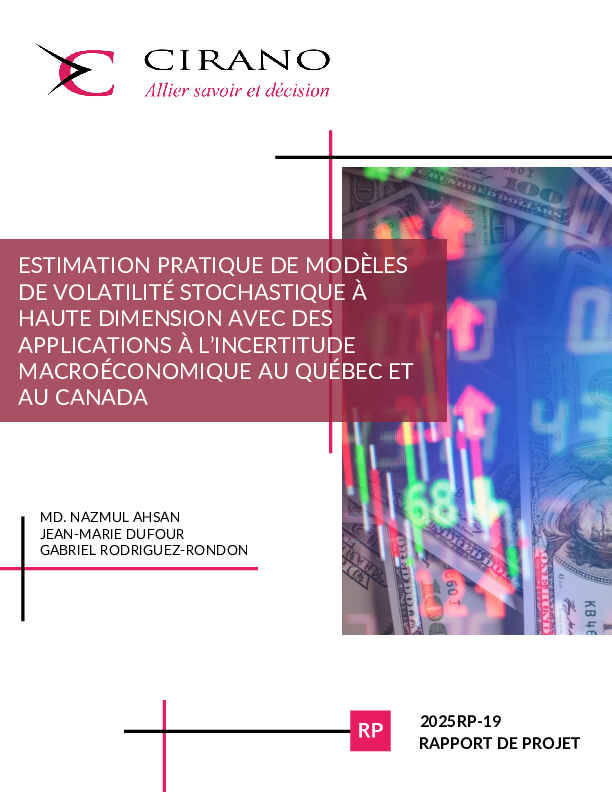Loan Aversion among Canadian High School Students
Evidence is presented on whether the willingness to borrow for education varies significantly among some at-risk students: low SES levels, First Nations, and first generation students. 1248 students participated in a survey, a numeracy assessment and took part in experimental decisions. During these sessions, students were presented with a series of paid binary decisions: bursaries vs. cash, loans for postsecondary education studies vs. cash, intertemporal decisions and risky decisions. The paid binary decisions involved trade-offs between cash and various types of student financial aid, allowing us to generate a cost per dollar of educational financing (grants, loans, mixtures of loans and grants). Prices for the various types of educational financing overlapped substantially in order to more clearly distinguish the impact of loan aversion on the decision to take up financial assistance to pursue PSE. Results show that several factors influence the subjects' decisions about education financing but the most prominent influence was the price of educational subsidies. Participants were marginally sensitive to the form of financing (grant or loan), with no evidence of systematic loan aversion being detected.
[ - ]




